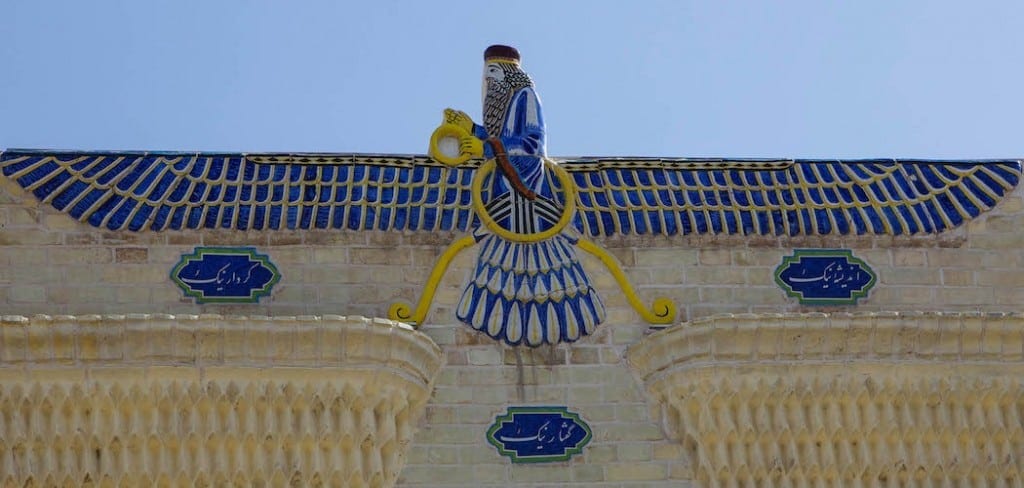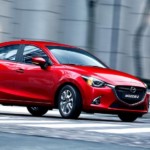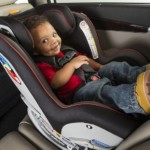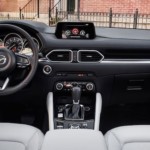The Mazda motor company has a unique history. Many different Mazda dealerships are located around the country, but the company is closely tied to Dearborn, Michigan because it was, at one time, owned in part (33%) by the Ford Motor Company.
Mazda’s name is derived from a West Asian civilization’s god, Ahura Mazda. Ahura Mazda is one of the symbols of Western and Eastern civilizations, and recognizable in automobile culture as a whole. Ahura Mazda was the god of Zoroastrianism, a religion practiced widely throughout Asia, created in Iran and predating Christianity.
Toyo Cork Kogyo Co., Ltd
The Mazda Motor Corporation was originally called the Toyo Cork Kogyo Co., Ltd. A cork producer, which was founded in Hiroshima, Japan, January of 1920, by 1927 the company shortened its name to Toyo Kogyo Co Ltd when the factory began making machine tools. The company had almost gone completely bankrupt, but was saved by the Hiroshima Savings Bank, as well as other successful leaders in the business community in Hiroshima at that time.
Toyo Kogyo made weapons for the Japanese army during WWII, like the type 99 rifle, including model types 30-35 at the time. It was not until 1984 that the company changed the name to one which we all have come to know today – Mazda.
Mazda-Go
The Mazda-Go is an auto-rickshaw, which is a three wheeled taxi known as a “baby taxi.” Very popular in Asia, Africa, and the Middle East, rickshaws are actually used worldwide. The auto-rickshaw is an alternative to the manually pulled rickshaw or bicycle driven rickshaw.
The Mazda-Go was the first vehicle built by Mazda, made in 1931, and is considered by many to be the first ever auto-rickshaw. It is a three wheeled open vehicle with a mini truck or bed attached to the back of the frame. Handlebar steered, Japanese markets sold this one cylinder engine through Mitsubishi.
The Mazda R360
The R360 is a “K-Car”(Kei-car) or mini car, popular in the Japanese market. The first genuine car that the Mazda Motor company produced, the R360 was a 4-passenger 2-door coupe available in 1960. A rear located 356cc V-twin engine gave the 838-pound car roughly 16 horsepower, 16 lb-ft of torque which could bring the small vehicle to a max speed of 52 MPH. A 4-speed manual or 2-speed automatic transmission were available. Mazda garnered a vast majority of the Japanese lightweight “Kei car” market within just a few short years of the R360’s introduction.
The Mazda Carol took over as the company’s Kei car in 1962 and used the name Carol to refer to all the Kei cars which Mazda produced until 1970.
Innovation
In the early 1960s, Mazda sought interest in the NSU Ro 80 – a 4-door sedan vehicle from post-WWII West Germany. The interest in the NSU Ro 80 was due to the fact that the vehicle ran with a Wankel rotary engine. The rare rotary engine, compared to its common reciprocating piston engine cousin, allowed for higher Rpm, a greater power to weight ratio, and a simplistic design which converts pressure into rotating motion.
Mazda started a business partnership with NSU, something no other major Japanese auto manufacturer had even considered.
1967 delivered the Mazda Cosmo through NSU cooperation. A Japanese Grand Touring Coupe manufactured from 1967 through 1995. Mazda chose the name Cosmo as a way to let others perceive their forward thinking during the space race era with the use of a rotary Wankel engine.
Mazda is the only company that still produces and uses the Wankel Rotary engine successfully to this day. Through tireless work and success, especially with the Wankel Rotary Engine, Mazda was able to make a name for itself worldwide.
International Sales Entry
Mazda vehicles could be found in Canada as early as 1959, however, 1968 brought Mazda-Canada, the first formal international export venture. The 1968 Mazda Familia Rotary or R100 was offered in either 2-door coupe or 4-door sedan models. The R100 was only sold as a coupe internationally and was the first Mazda vehicle available in the United States in 1970 for model years 1971 and 1972. Sales were so well received, that Mazda created the B-series pickup truck for the American market. Mazda still is the only automotive manufacturing company to build, market, and sell a Wankel rotary engine driven pickup truck.
No Oil is Bad Business
The sales of Mazda’s vehicles equipped with the Wankel Rotary engine were climbing steadily, that is until the oil shortage of 1973. International auto markets were quickly being hit hard due to the shortage of gas and oil. The Wankel Rotary Engine was not as fuel efficient as some of its piston-powered competitors. Mazda faced a huge loss in the fiscal year of 1975, and its parent company, Toyo Kogyo, had been considering bankruptcy.
The future of Mazda, and with it the future of the Wankel Rotary Engine, looked bleak. Thankfully, an intervention by the Sumitomo Bank helped to save Mazda’s future. The fact that the Familia and Capella series vehicles were four cylinder piston style motors which received better fuel efficiency also allowed Mazda to still compete in the changing markets.
Mazda decided to save the Wankel motors strictly for sports or racing model vehicles as opposed to use in an everyday consumer vehicle. The RX-7 and the newer RX-8 are examples of Mazda’s continued use of the Wankel Rotary engine design today.
Mazda and Ford
Starting in 1974, Ford bought 7% of Mazda, a relationship which started back in 1971 with the Mazda B-series pickup trucks. Ford owned a third of Mazda by 1996. Between 2008 and 2015 Ford sold off interests in the Mazda company and now only holds a small 2% stake in the company.
Mazda and Ford together had created many different projects recognizable still today. Ford’s Laser, Escort, Telstar, and Probe all came from Mazda based architecture. Mazda and Ford jointly developed the 1991 Ford Explorer or Mazda Navajo.
September of 2015 brought the end of the two manufacturers relationship when Ford sold its 2% shares left.
Mazda Zooms Forward
After the parting of ways, Mazda raised capital to the tune of $1.9 billion. A Mexican plant was built with some of the new capital. Mazda also signed an agreement with Toyota in 2015 to provide engine technology on a long-term basis. Who knows? A hybrid vehicle bought at a Mazda dealership could have a hydrogen fuel cell provided by Toyota due to the new agreement.



